Dental medicine is a living, moving field of science, progressing ever further on the road to knowledge – and consequently, oral hygiene protocols and habits a dental professional would have recommended twenty years ago might not be quite d’accord with what dentists who keep up with the latest developments advocate today. Your brushing and oral hygiene habits are the basis for lasting health of your teeth and gums. Are you still up to date? Find out!
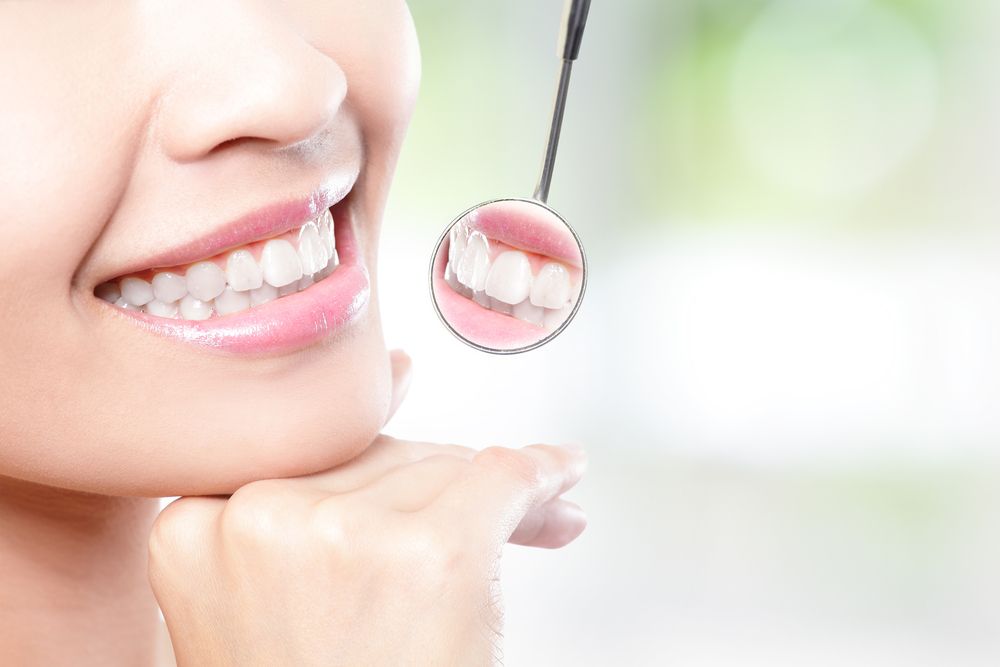
Brushing – how often?
Many professionals still recommend brushing three times a day. However, the weight of opinion in this matter is slowly shifting. If you take that advice very seriously for a long time, you will have clean teeth, no doubt. But you might also face a problem with eroded enamel. Today, dentists see a lot of patients who have quite literally brushed off much of their dental enamel.
Obviously, regular brushing remains the mainstay of oral hygiene. However we must weigh the risk of tooth decay against the risk of enamel erosion. Both risks will differ individually, depending on genetics as well as personal eating habits. By rule of thumb, brushing twice daily is a good, conservative guideline.
When the caries risk is low, people can be completely fine with brushing only once a day. However, only a dentist who knows you and sees you regularly may give you a solid, personalized recommendation. Ask us the next time you come for an appointment!
Brushing – when?
Right after a meal? Not necessarily. Don’t worry: Caries bacteria are not THAT fast after all. Modern dentists recommend waiting at least half an hour before brushing, particularly if your meal included sour food or drinks (such as fruit, salad dressings or pickles, but also anything else that’s acidic, like soft drinks or sour candies). Why is that? Because a sour environment in the oral cavity dissolves minerals from dental enamel. If you brush now, you risk rubbing off the structures that guide reattachment of those enamel minerals. It’s better to wait for the saliva to increase and neutralize the pH in the oral cavity, at which point the enamel will have remineralized and brushing is safe again. If you feel like you must do something for your teeth right after eating, better use a mouth wash with fluoride or chew some dental gum.
Which toothbrush?
Please choose a medium hard brush – your gums and enamel will thank you for it. If you have periodontitis, use a soft brush, since you want to go very easy on your gums. However, with a soft brush, you must remember to brush a little longer to remove plaque efficiently. Dentists generelly recommend toothbrushes with a short head as, with a longer head, you
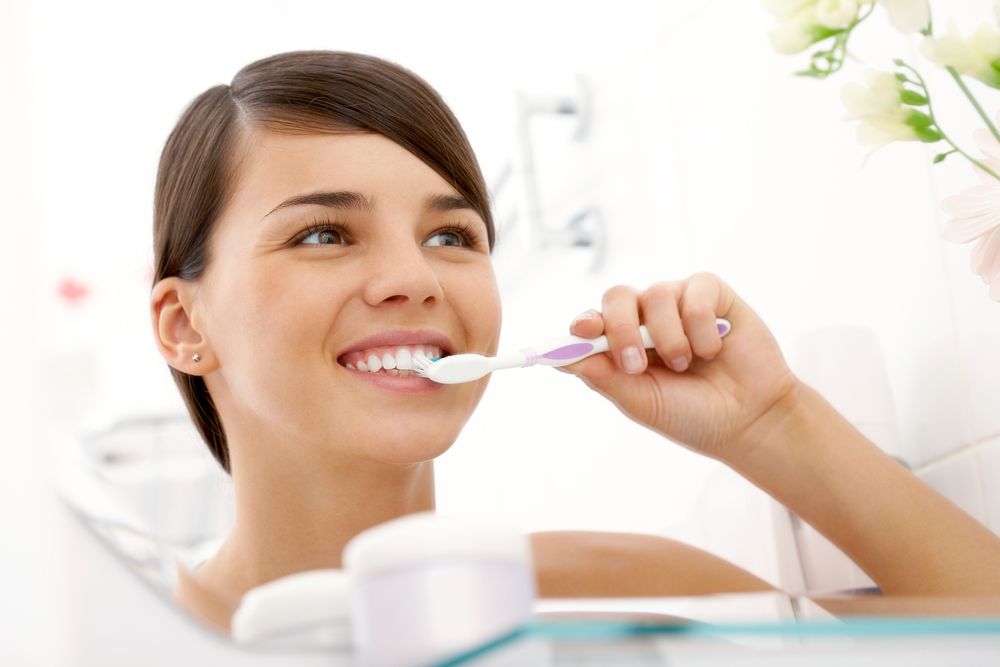
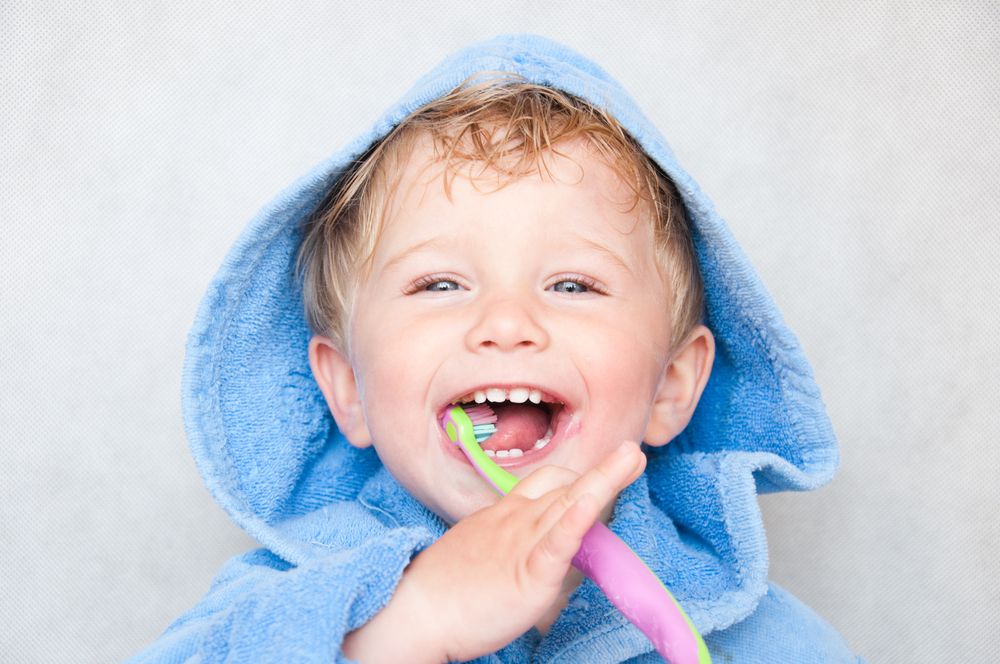
might not really be able to thoroughly clean your last molars or the back sides of your incisors. Of course, modern toothbrushes have an abundance of “high tech” features that go way beyond those simple criteria. There are brushes with a bent handle, brushes with a flexible handle, brushes with bristles of different length, thickness and spacing, with angled bristles and/or with a tongue and cheeck cleaner at the back side of the head.
Honestly: There is really nothing to be said against any of those innovations. But: Compared to brushing technique and time, their influence on the success of your oral hygiene protocol is relatively marginal. As a general rule, the simplest toothbrush is just fine, provided that its plastic bristles are finished properly, i.e. rounded off and polished at the ends, to avoid injuries to the gingiva. As far as we know, even the cheapest toothbrushes that are regularly sold in Austria meet this requirement. What about electric toothbrushes? Surely we recommend those? Well. The one big advantage of electric toothbrushes is that they automatically deliver the correct brushing pressure and technique. However, these two things are not rocket science and, in principle, you can achieve just the same cleaning success manually. On the subject of manual vs. electric, there is only limited scientific data available, and, disappointingly, the results are inconsistent. There is a number of small studies that conclude a slight superiority of electric tooth brushes.
But there are also many studies that didn’t find any difference at all in oral hygiene results between manual and electric. Whether manual or electric, it is important that you clean your brush thoroughly after using it, and store it under airy conditions. Let it dry head-up in the glass, or put it on the glass rim with the bristles facing down. This way, you minimize the risk of bacteria multiplying on continuously moist bristles. When your tooth brush ages, tiny cracks in the bristle material may develop and become hiding and breeding spots for bacteria. This is why we recommend exchanging your toothbrush for a new one at least every two months.
Sterilizing your toothbrush after each use is a measure that could be called a little exaggerated under normal circumstances, as your oral cavity itself is just about the opposite of sterile. However, for periodontitis patients, daily disinfection of the toothbrush may indeed be a small contribution to the improvement of oral health. Storing your brush in chlorhexidine solution or sterilizing it with UVlight (some electric toothbrushes come with this feature) are proven to be efficient ways to kill germs.
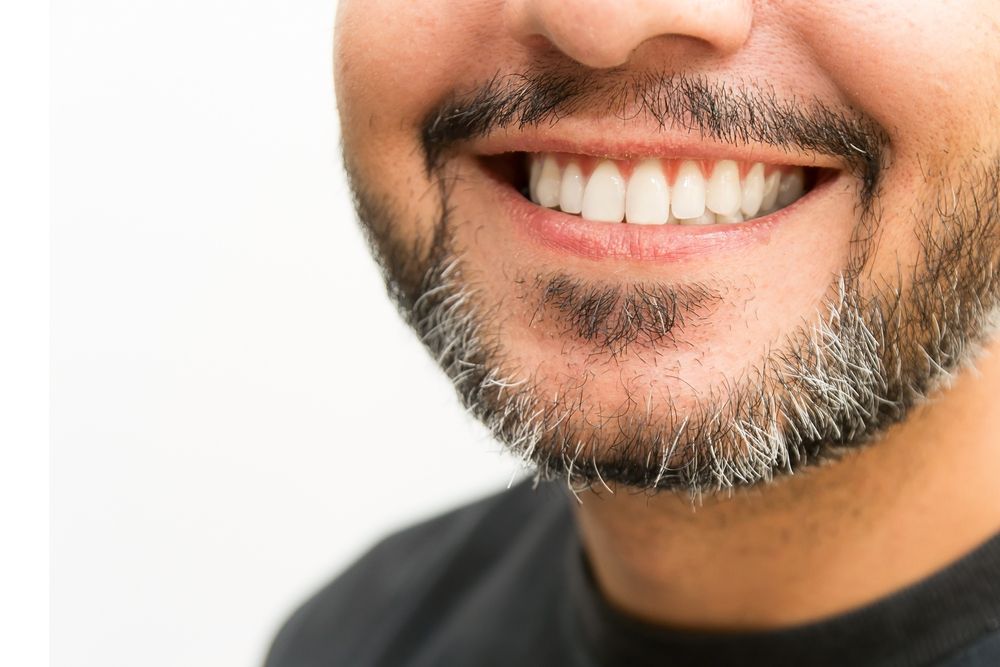
Which toothpaste?
Dentists unanimously recommend toothpastes that contain fluoride. Fluoride protects teeth from acid attacks, regardless of whether those acids stem from food and drink or are the result of bacterial metabolic activity in the dental plaque. But what detemines a toothpaste’s cleaning efficiency, i.e., its effect on plaque and discolorations of the teeth? To support the mechanical cleaning action of your toothbrush, toothpaste contains a) surface tension-reducing, foaming substances that bind and subsequently wash out food residue and bacteria and b) mineralic crystals or other micro-small solid particles, so called abrasives, that “sand” plaque off the dental surfaces. If a toothpaste contains many abrasive particles, and if those particles are relatively coarse, too, it can act more effectively against plaque and may even remove tartar and the spots and discolorations that tend to develop on the teeth of smokers and drinkers of coffee and tea. Toothpastes that are advertised as whitening are strongly abrasive.
However, abrasive toothpastes are not entirely harmless: With each use, you might actually sand off not only plaque and discolorations, but also a little bit of your own enamel. Thus, under unfavourable circumstances (high brushing pressure, acidic oral environment), using an abrasive toothpaste may contribute to the irreversible erosion (thinning) of dental enamel. For dentin and root cementum, both much softer than enamel, the danger of abrasive damage is even higher. While once-a-week use of an abrasive toothpaste is regarded as safe for people with healthy enamel, those with exposed dentin (due to enamel erosion) or root surfaces (due to periodontitis) should stay away from these whitening products.
The abrasivity of a tooth paste is measured by its so-called RDA value (relative dentin abrasivity) or abrasiveness index. Unfortunately, many toothpaste brands don’t show this value on their product packaging. A Google search (or a customer service call) will turn up the abrasiveness for most products. Toothpastes with RDA values between 50 and 75 have low abrasivity and are suitable for daily use without any restrictions. RDA values from 75 to 100 represent medium abrasivity. Highly abrasive toothpastes (RDA value above 100) should not be used on exposed dentin and root surfaces. Healthy enamel will tolerate weekly brushings with a highly abrasive product.
The right technique
Many have heard and heeded that advice: Always brush from red to white. The so-called Stillmann technique is often recommended, especially for patients with receding gums. It is a nice massage for the gums and thoroughly cleans the tooth necks, too. But it has a weak spot: Brushing vertically from red to white doesn’t quite catch the plaque and bacteria that sit right at the gum line. And this is actually the region where periodontitis patients are supposed to clean extra thoroughly to prevent inflammations of the gingiva! Another technique is much more efficient for cleaning at the gum line: Employing the so-called Bass technique, you position the tooth brush in such a way that half the bristles rest on the gums, while the other half touch the tooth neck. Hold the brush at a 45 degree angle to the tooth and start brushing along the gum line with gentle vibrating “micro-motions” and soft pressure, moving the brush back and forth only slightly, slowly cleaning one tooth after the other.
The same vibrating micro-motions can also be used for cleaning the occlusal surfaces. Another technique is the rotation technique. Cleaning with circular movements is proven to effectively remove plaque from tooth necks and gum line alike. So, if you have gotten used to the rotation technique, you may keep using it. However, even though it is always described as simple and straightforward, not everybody really manages the rotating brushing movements, more or less scrubbing back and forth instead. If that is true for you, please try to modify the scrubbing motion: Use way less pressure and more vibrating micro-motions, turning your scrubbing technique into a Bass technique. Brushing systematically is important, too.
Start with the back sides of the anterior teeth, using the Bass or rotation technique on one tooth after the other. When brushing the back sides of canines and incisors, hold the toothbrush vertically to follow the arch of your jaw, which is most strongly curved in the middle. Now, do the front sides of all teeth. Wrap your routine up with a cleaning of the occlusal surfaces. It’s OK if you’re not quite as focussed anymore, lightly scrubbing back and forth will do. From a modern standpoint, possibly the most important aspect of brushing appears to be the right pressure. Most brushing-related damage to teeth and gums is caused by too much pressure. The “A lot helps a lot” strategy, however wide-spread, is in fact not helpful when it comes to brushing. Almost everybody may profit from the advice to hold back and brush gently.
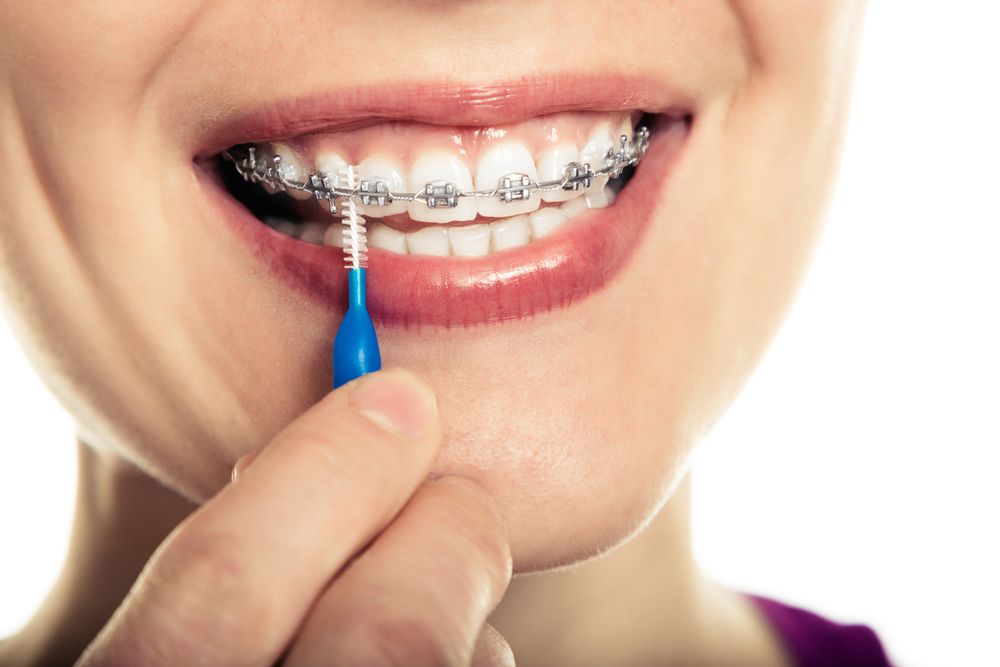
How long?
Short answer: No less than two minutes.
Don’t forget the interdental spaces!
With the proper brushing technique, occlusal surfaces, fronts and backs of teeth are cleaned well. But – no matter how scientifically advanced your toothbrush, how elaborate your brushing protocol, you will never be able to reach into all the interdental spaces. To get there, you absolutely need dental floss and interdental brushes.
Floss and small brushes are sold in various strengths and sizes for interdental spaces ranging from very narrow to large. Ask your dentist or dental hygienist about the right “tools” for your individual situation. To clean under bridges and under the wire arches of fixed orthodontic braces, you will also need interdental brushes or a special kind of floss (Superfloss) that can be threaded under the bridge or wire.
We strongly recommend that patients facing high caries risk, active caries, gum inflammation or periodontitis clean their interdental spaces thoroughly once a day. Of course, we happily extend that recommendation towards all other patients (or, maybe, you got into the habit yet and are enjoying splendid health of teeth and gums because of it?). However, we know that it can be hard to overcome certain “inner obstacles” … so we tell you: Flossing once a week is better than no flossing at all. In fact, it can be entirely sufficient for patients with a generally healthy oral environment.
Mouthwashes – useful or not?
Mouthwashes are not a replacement for proper brushing. And if you have brushed thoroughly, a mouthwash doesn’t add much of value to the result. And, besides masking it for a while, mouthwashes are really not effective against halitosis either. Mouthwashes usually have a slightly sour pH, which softens dental enamel. This actually makes them less than ideal as a wrap-up of your mouth hygiene routine (though still better than using the acidic rinse prior to brushing …). A basic pH mouthwash is more advisable – ask for one at your local pharmacy or look around on the internet. There are also recipes for making your own. A mouthwash with fluoride is a good thing inasmuch as it protects dental enamel from acid attacks, similar to a toothpase with fluoride.
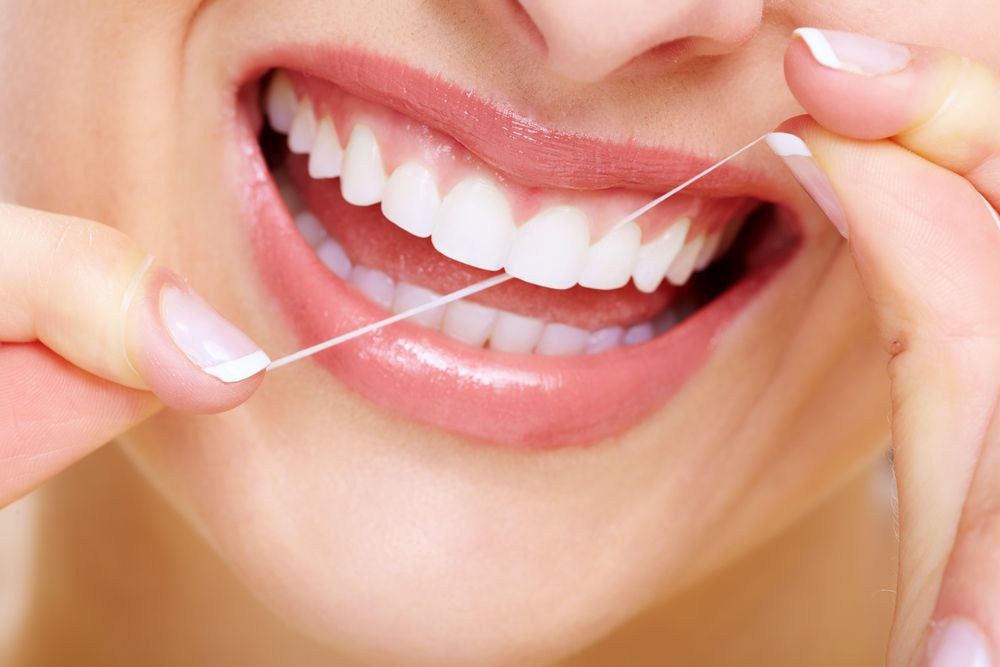
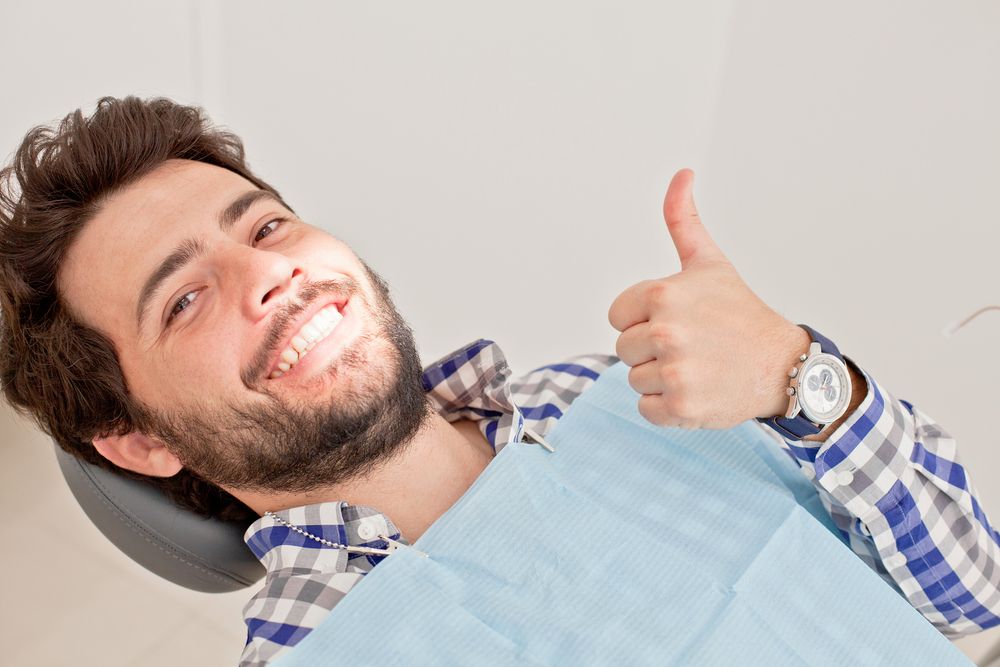
If you want to do your teeth some good right after eating or drinking sour things, or if you can’t brush right now due to a recent tooth extraction, implant procedure or periodontitis surgery, use a mouthwash with fluoride instead of brushing. Even though such a rinse doesn’t have the ability to remove plaque, it is proven to disturb it a little, since fluoride inhibits the metabolic activity of caries bacteria. Mouthwashes with fluoride are also advisable as a supplement to manual cleaning for old and disabled patients that have trouble managing the motorics of brushing and flossing.
Medical mouthwashes (and some “ordinary” mouthwashes, too) contain the disinfectant chlorhexidine. They are useful e.g. after surgery of in periodontitis treatment to reduce the danger of infection, but it is questionable whether their routine application is beneficial in any way. Sterilizing the oral cavity, i.e., getting rid of all the bacteria, is simply impossible – and it wouldn’t even be desirable. The diversity of bacteria in the oral cavity is a promotor of oral health. Creating long term disturbances by repeated sterilization attempts may simply unbalance and deplete the oral microflora. P.S. To make a mouthwash with fluoride, simply dissolve some fluoride containing tooth paste in water. Voilà, one less bottle on the sink!
What about dental gum?
Even normal chewing gum has a certain mechanical cleaning effect (of course, it shouldn’t contain sugar). Chewing also stimulates saliva production and thus promotes the recovery of a neutral pH in the oral cavity and tooth remineralization after intake of acidic food or drink. Dental gum that contains Xylit (also known as Xylitol) as a sugar replacement has an additional benefit: Xylit is proven to kill caries bacteria, inhibit plaque formation and thus considerably lower the caries risk with regular use. Sugar free or dental gums can be considered a useful addition to oral hygiene habits – however, they can never be a replacement for thorough brushing!
Home fluoridization
Weekly home fluoridization with a fluoride containing gel (Elmex Gelee) that is applied to the teeth and allowed to be absorbed for a short time, is a prophylactic measure we recommend highly. The hardening effect fluoride has on dental enamel is based on the conversion of acid-soluble hydroxyl apatite into unsoluble fluor apatite.
But fluoride has other ways of protecting teeth, too: The fluoride that is not integrated into the enamel right away forms a layer of calcium fluoride on the dental surfaces, protecting enamel from demineralization and reducing plaque formation due to its inhibitory effect on the metabolism of caries bacteria.
Weekly spa treatments for your teeth
Our recommendation: Mark one night a week for an especially thorough mouth hygiene procedure. If your dental enamel is healthy, this could be the day for switching your normal toothpaste with an abrasive (whitening) product, too.
- Prior to brushing, floss, use Superfloss and/or interdental brushes
- Brush twice as long as usual
- Focus on tooth after tooth, combining red-to-white and vibrating techniques
- Remember to brush lightly, don’t scrub too hard
- Finish with a fluoridization
